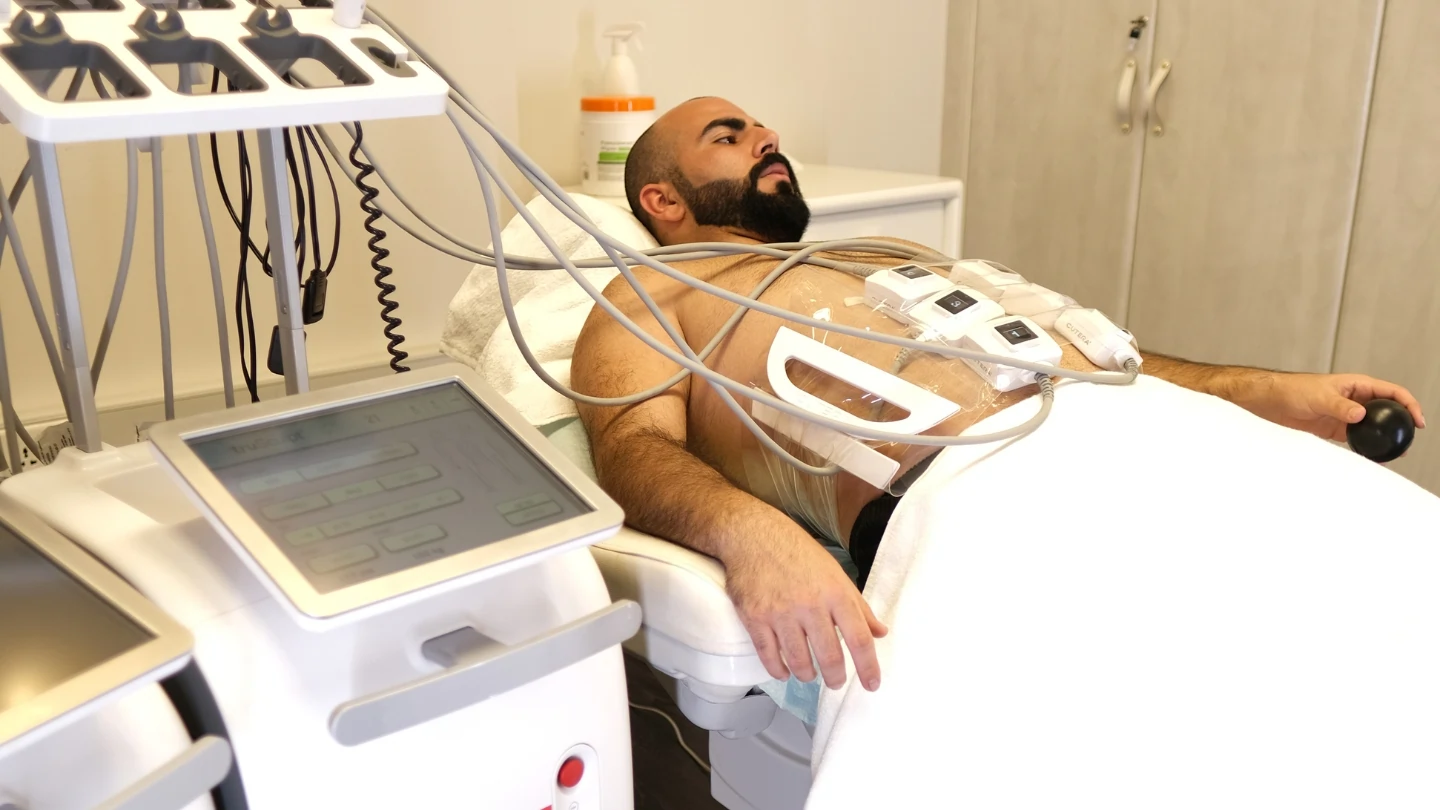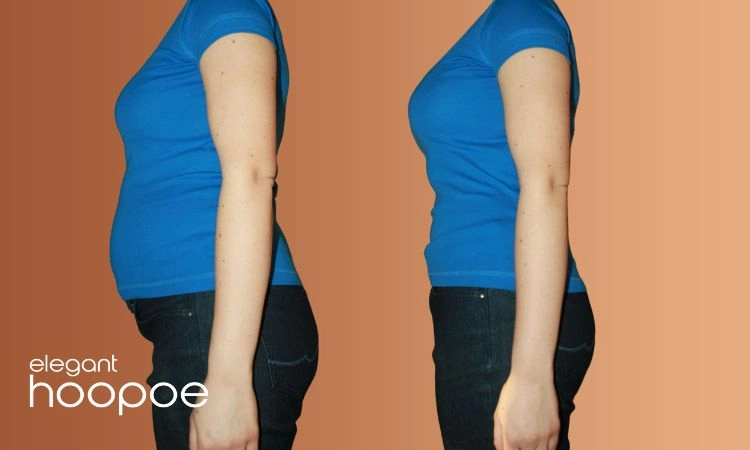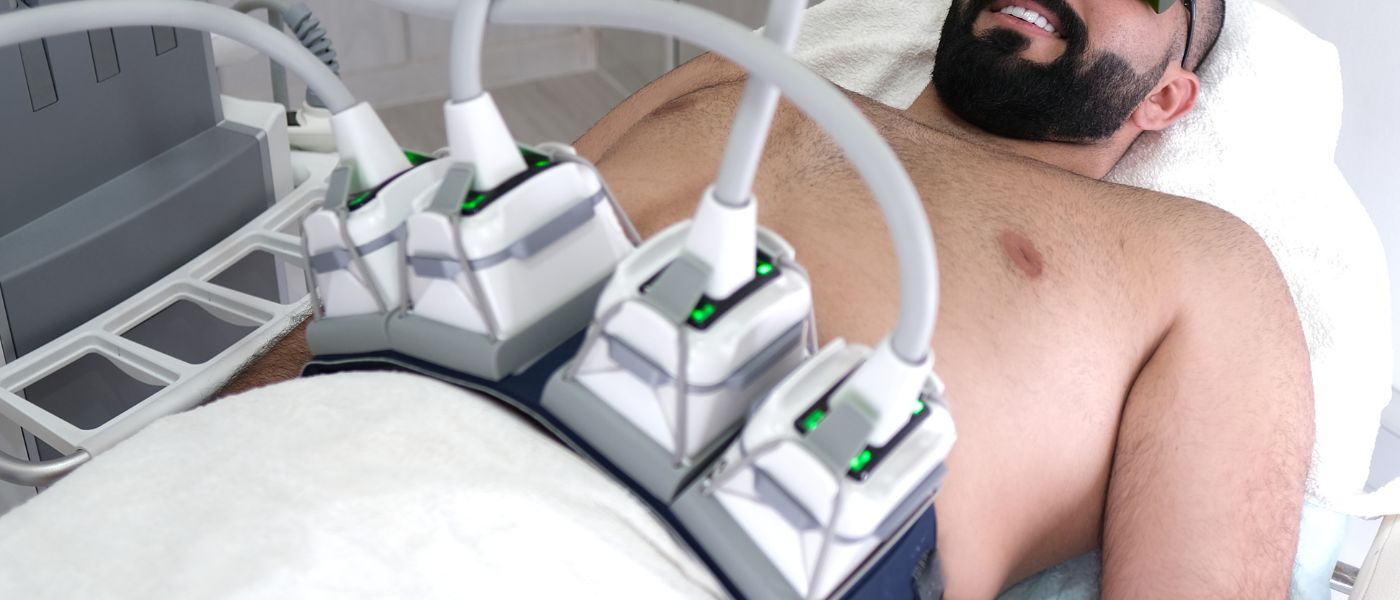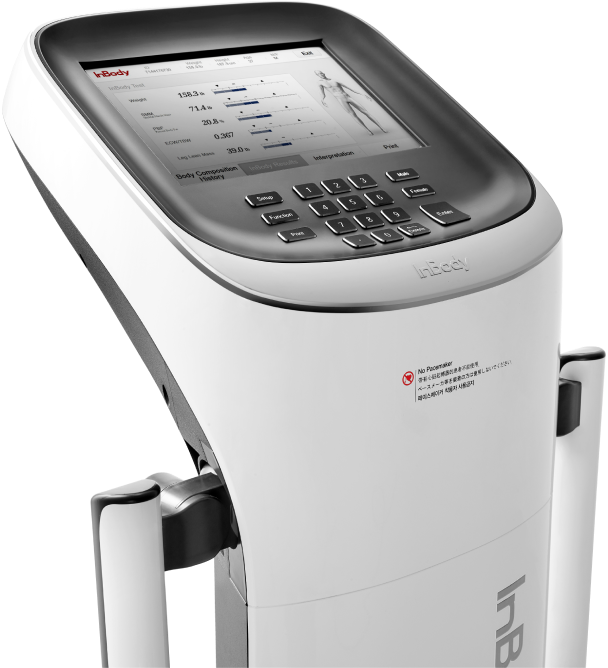Comprehensive Weight Loss Solutions
Forget cookie-cutter weight loss plans that leave you feeling frustrated and lost. At ElegantHoopoe, we believe in personalized transformation – a unique plan designed just for you!
Why we care about personalization:
- Everybody is different, with its own metabolism, hormones, and preferences.
- Whether you want to shed stubborn fat or build lean muscle, we tailor your program to target your specific desires.
- Weight loss shouldn’t disrupt your life. We create a plan that seamlessly fits into your busy schedule.
Our Non-Surgical Weight Loss Procedures
Our non surgical weight loss procedures include:
- Radiofrequency (TruSculpt iD): Applied to targeted areas with a specialized device to break down fat cells.
- Infrared Light and Vacuum Therapy (InfraslimX): Delivered to enhance fat burning and circulation.
- Microstimulation (Icoone Laser): Applied for precise fat reduction and skin tightening.
- Diode Laser and Radiofrequency (Venus Bliss): Combined to effectively contour the body.
Our specialists keep a watchful eye on your treatment area, making sure you get the great possible outcome and fine-tuning things as needed.
Weight Loss for Women

Gone are the days of one-size-fits-all weight loss plans! we understand that women’s bodies have unique needs. Our specialized programs for great fat loss for women are created to empower you to achieve lasting results, considering factors like:
- Hormonal fluctuations
- Body composition
- Lifestyle considerations
Embrace a sustainable approach to weight loss. Let’s schedule your consultation, not just shed pounds.
Weight Loss for Men

Men, achieve your fitness goals with our tailored weight loss with machine solutions! We address the specific challenges men face, including:
- Muscle building and fat loss
- Increased metabolism
- Building strength and stamina
Stop struggling with generic weight loss for men’s plans. Get a program designed to help you conquer your goals.
Weight Loss Near Me

Our Weight loss Clinic Approach in Dubai
Living in Dubai and tired of the weight loss struggle? At Elegant Hoopoe, a weight loss clinic Dubai, we bring the power of advanced treatments straight to your neighborhood! Forget the long commutes and frustrating traffic. Our clinic is conveniently located near you, making achieving your body goals easier and more accessible than ever.
Take the first step towards a healthier, more confident you, right here in your local area. Visit the slimming center and unlock your dream body today!
When can you see the difference?
Your body starts banishing fat cells right away, with noticeable changes appearing within a month. But the transformation doesn’t stop there – you’ll continue to see improvements for up to 3 months.
Are You Ready?
Tired of fad diets and endless workouts with little to show for it? At ElegantHoopoe, we believe in personalized transformation.
Schedule a consultation today and let our non-invasive weight loss experts create a plan based on your unique needs and goals. During your consultation, we’ll discuss your individual situation, answer your questions, and craft a program designed to help you achieve lasting results. Don’t wait any longer! Take the first step towards a healthier, happier you only by filling out the following contact form:





 Sessions
Sessions
























